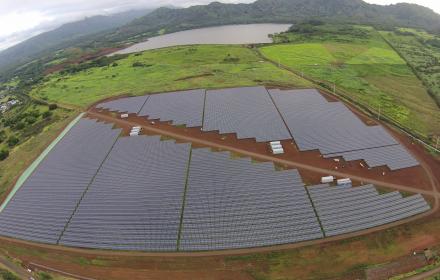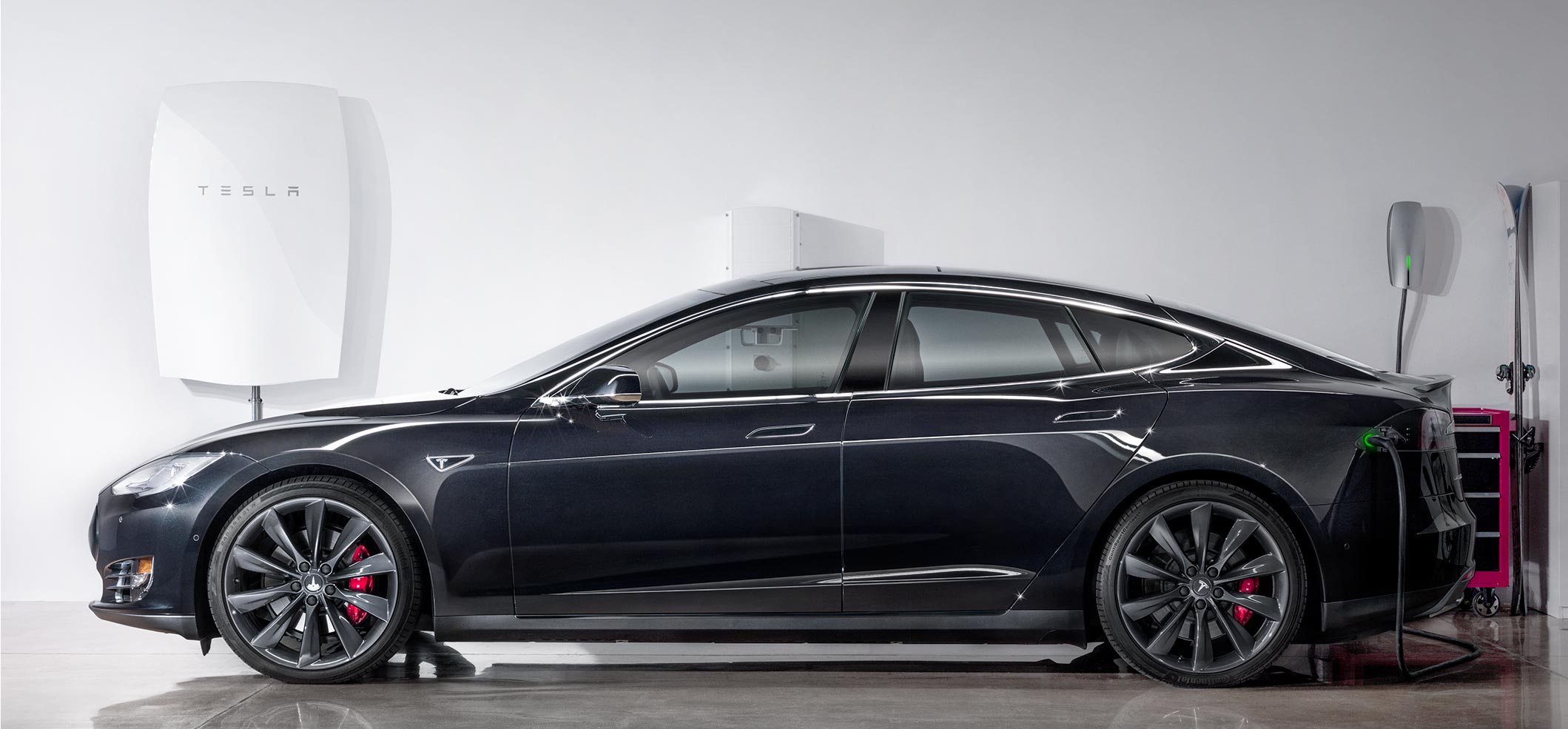With the recent approval by the Hawaii Public Utilities Commission (PUC) of a landmark power purchase agreement (PPA) between the Kaua‘i Island Utility Cooperative (KIUC) and SolarCity Corporation, construction is expected to begin soon on what the parties believe will be the world’s first dispatchable utility-scale solar array.
Rather than providing power only when the sun is shining (but when load may be insufficient to require additional supply and thus result in curtailment of a valuable resource), the project’s innovative integrated storage enables the solar panels to generate and store power for use later in the day, when it’s needed (including after the sun goes down). This time-shifting is particularly important in Hawaii, which suffers from an abundance of solar generation when loads are relatively low, resulting not in the California “duck” curve, but the even more dramatic “Nessie” Curve:
The PUC specifically expects KIUC to make the facility “curtailment neutral” by maximizing storage and dispatching the facility to manage peak loads, thereby also reducing the need to dispatch conventional oil-fired units. The parties expect to meet this requirement by storing 80-85% of the panels’ output in the on-site batteries for use during ramps and peaks.
The project, located next to KIUC’s Kapaia power plant, will consist of a 17 MW-DC (13 MW-AC) solar photovoltaic system, a 13 MW-DC (52 MWh) battery energy storage system, and related interconnection facilities. According to the terms of the PPA, SolarCity will build, operate, maintain, and repair the approved facilities. A news release from KIUC states that the energy storage system will be built with Tesla Powerpack lithium-ion batteries. (SolarCity’s Chairman is Elon Musk, who is also the CEO of Tesla Motors, Inc.)
KIUC’s key arguments in support of its application to the PUC included:
- SolarCity’s proposed contract price for solar generation with storage was significantly lower than that offered by others, which ranged from $230 to $300 per MWh;
- This project offers the ability to schedule solar energy dispatch by storing approximately 80-85% of the panels’ output in batteries for use when needed (during ramps and peaks), thereby reducing the need for oil-fueled units by an expected 37,474 barrels per year; and
- The facility will contribute nearly 5% to KIUC’s 2017 renewable portfolio standard goal and help KIUC attain its goal of meeting 50% of its annual electricity sales with renewable resources and obtaining 100 MWh of storage by 2023.
According to the Commission’s order approving the PPA, the contract price will be $145.00/MWh ($0.145/kWh), without escalation, for the entire 20-year initial term. The contract price takes into consideration the fact that SolarCity lacks the in-state income to fully utilize Hawaii’s renewable infrastructure tax credit. Instead, SolarCity will utilize the tax refund mechanism, which at $350,000 is 70% of the amount of the $500,00 credit. Should SolarCity obtain tax equity financing to fully monetize the state tax credit per system, the contract price will be adjusted to $139.00/MWh ($0.139/kWh).
Following the initial 20-year term, KIUC may request an extension of an additional 10 years; the contract price for the extension term, if one is entered into, will be agreed upon when the option is exercised.
All three PUC Commissioners, Randall Iwase, Michael Champley, and Lorraine Akiba, voted to approve KIUC’s application. Construction and commissioning of the facility is expected to take 6 to 9 months.
I invite you to view my other posts and sign up to receive future posts via email. I also invite you to follow me on LinkedIn and Twitter, and to contact me via my homepage.



